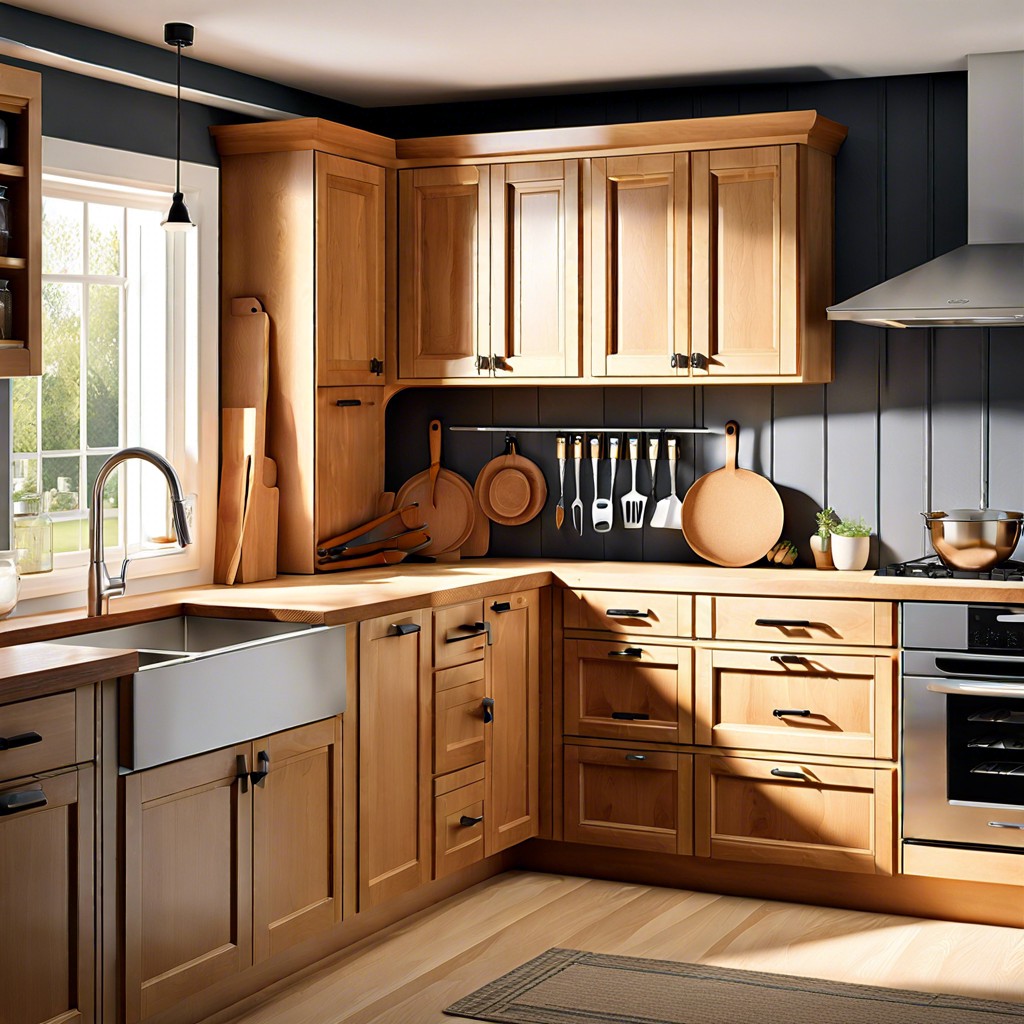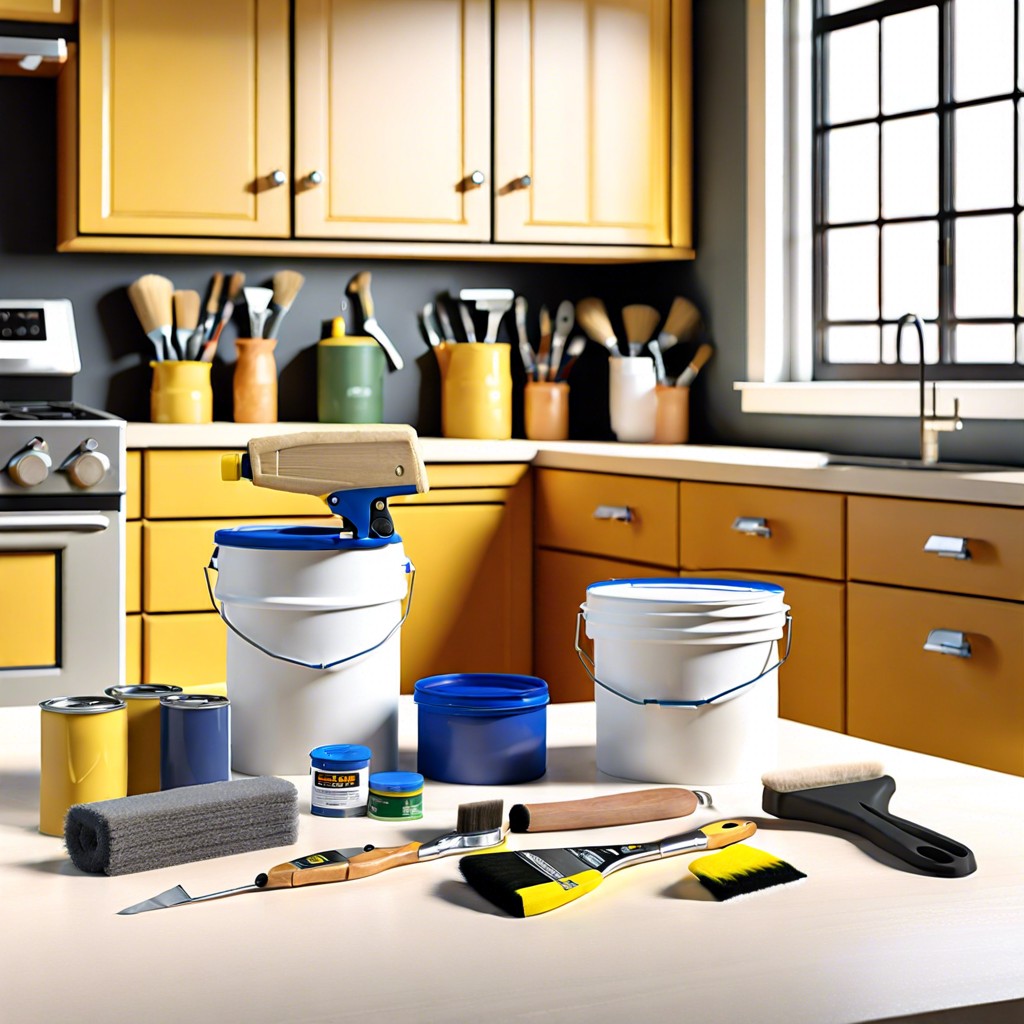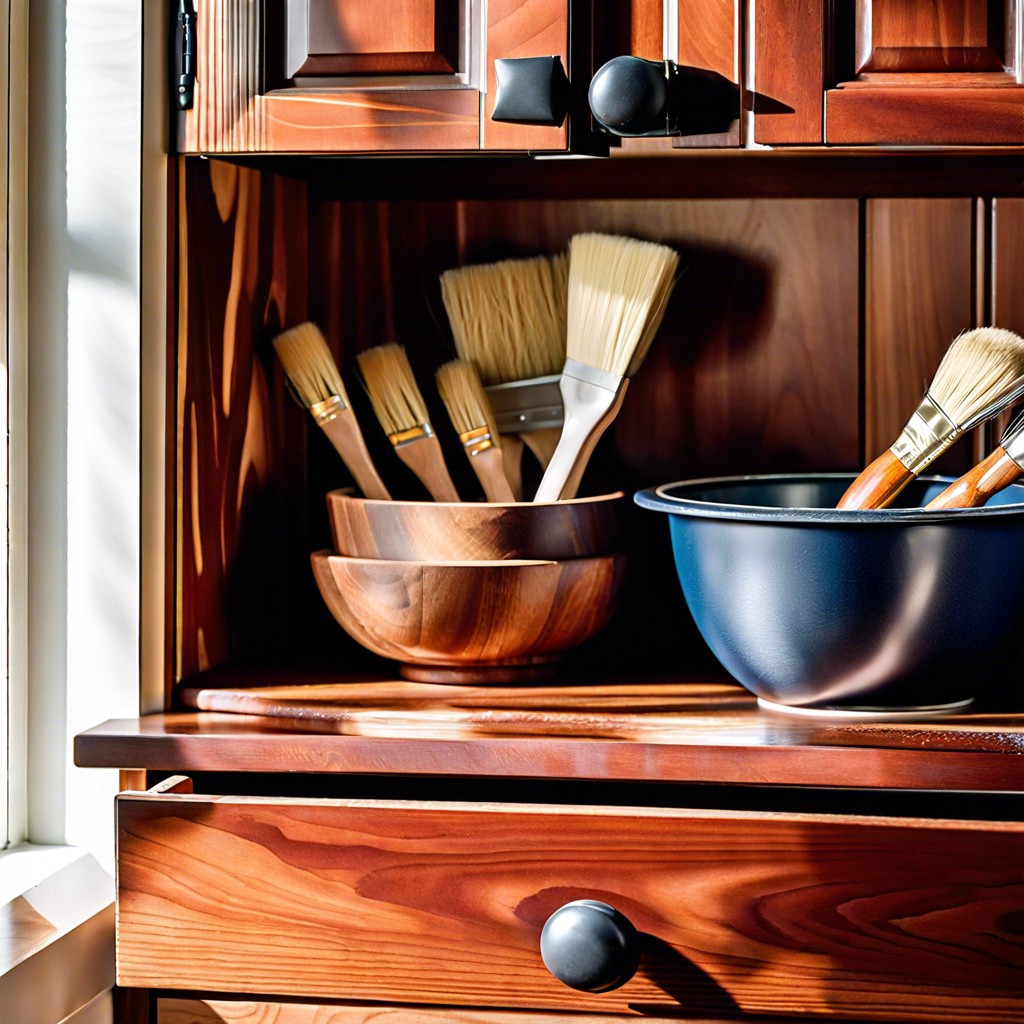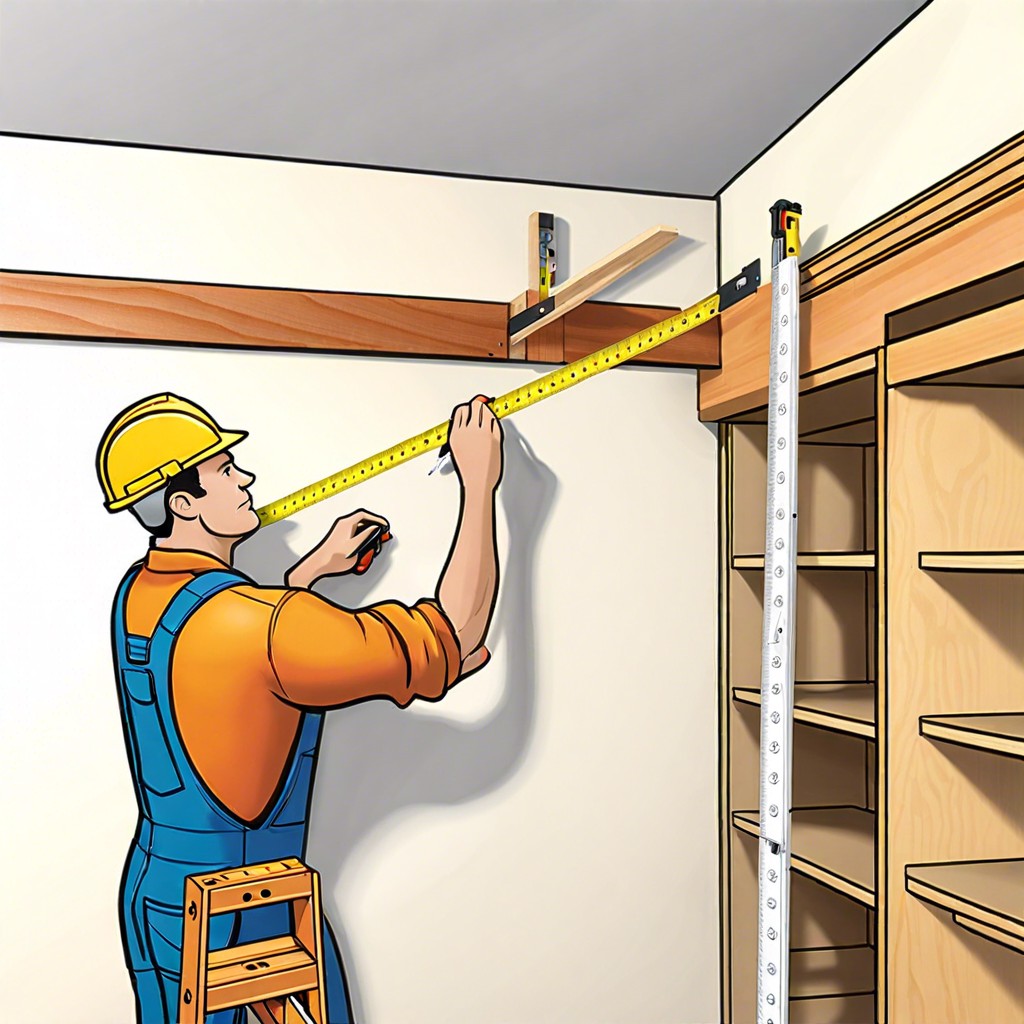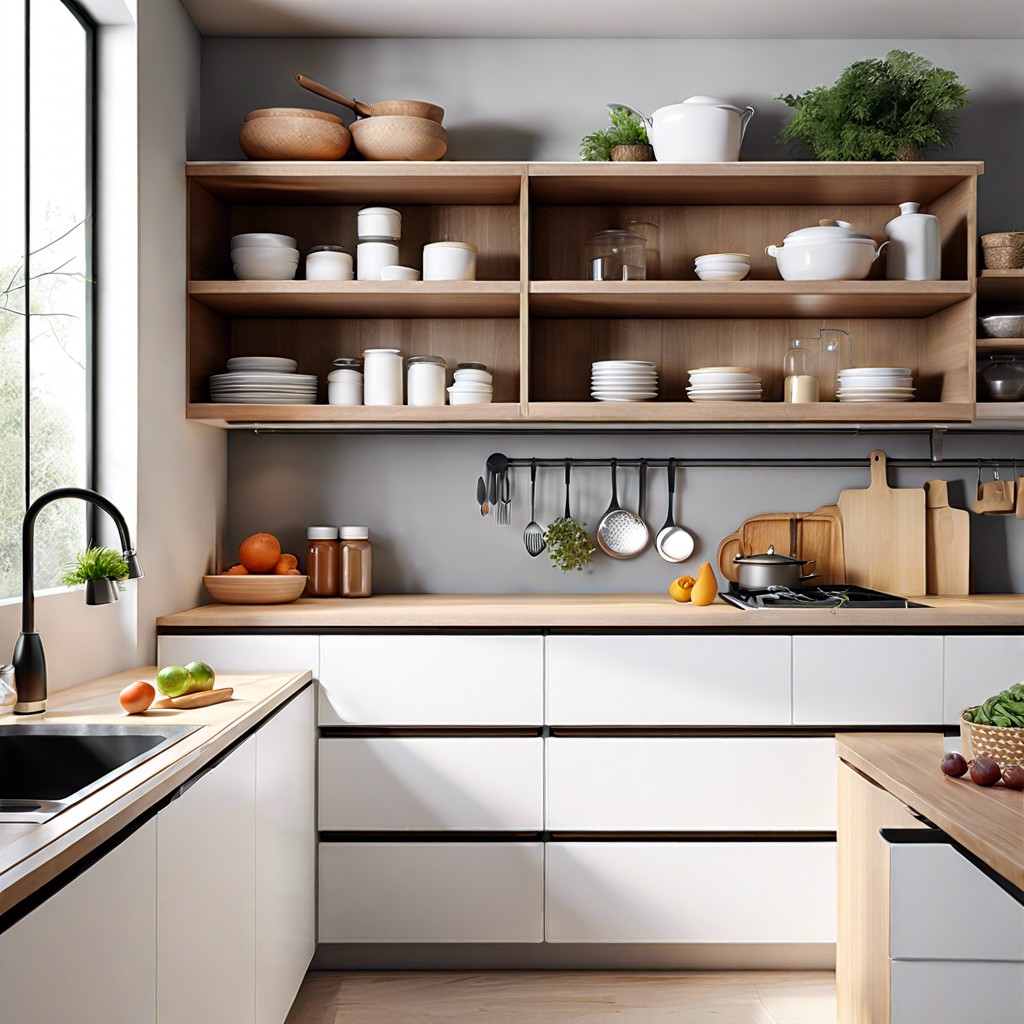Last updated on
Explore the advantages and drawbacks of tall versus short upper cabinets. Dive into their impact on kitchen design, functionality, and aesthetics.
When it comes to designing your kitchen, there are endless possibilities to consider. One of the most important decisions you’ll make is what type of upper cabinets to install.
Should you go for tall cabinets that reach all the way up to the ceiling or opt for shorter ones that leave some space above? Both options have their pros and cons, so it’s essential to weigh them carefully before making a decision. In this article, we’ll explore the benefits and drawbacks of tall vs.
Short upper cabinets and help you choose the best option for your kitchen based on your needs and preferences. So buckle up, grab a cup of coffee, and let’s dive in!
What's Inside
Pros and Cons of Tall Cabinets
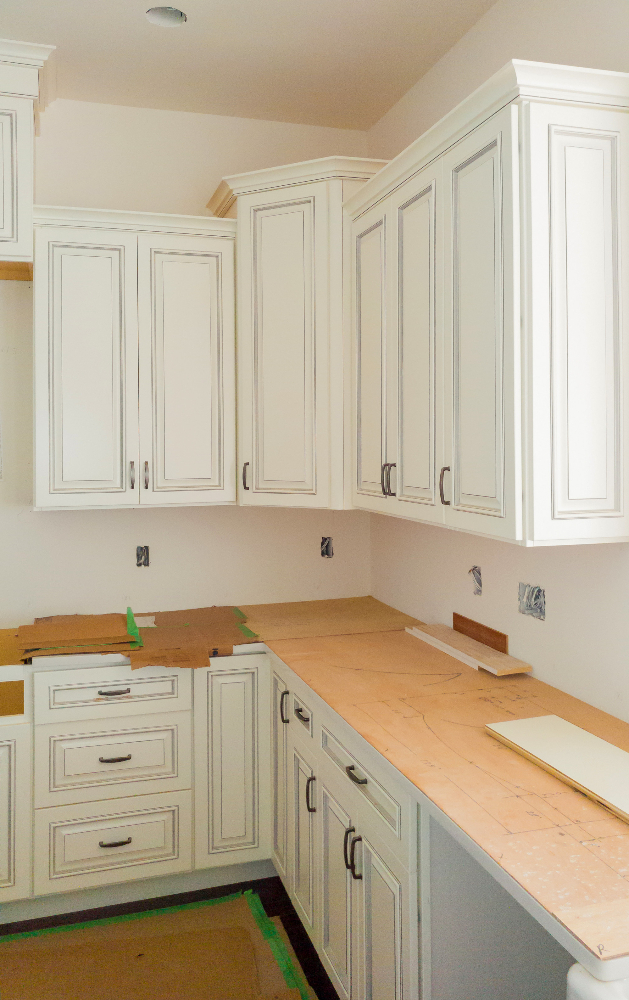
Tall upper cabinets are a popular choice for many homeowners, as they offer several benefits. One significant advantage is that they provide ample storage space, allowing you to store more items without cluttering your countertops or lower cabinets.
Tall cabinets can make your kitchen look more spacious by drawing the eye upward and creating an illusion of height.
However, there are also some drawbacks to consider when it comes to tall upper cabinets. For one thing, they can be challenging to reach if you’re not very tall or don’t have a step stool handy.
This could make it difficult for shorter people or children in the household who may struggle with accessing items stored on higher shelves.
Another potential disadvantage is that installing taller cabinetry can be more expensive than opting for shorter ones due to additional materials needed and installation costs associated with reaching higher heights.
Benefits of Short Upper Cabinets
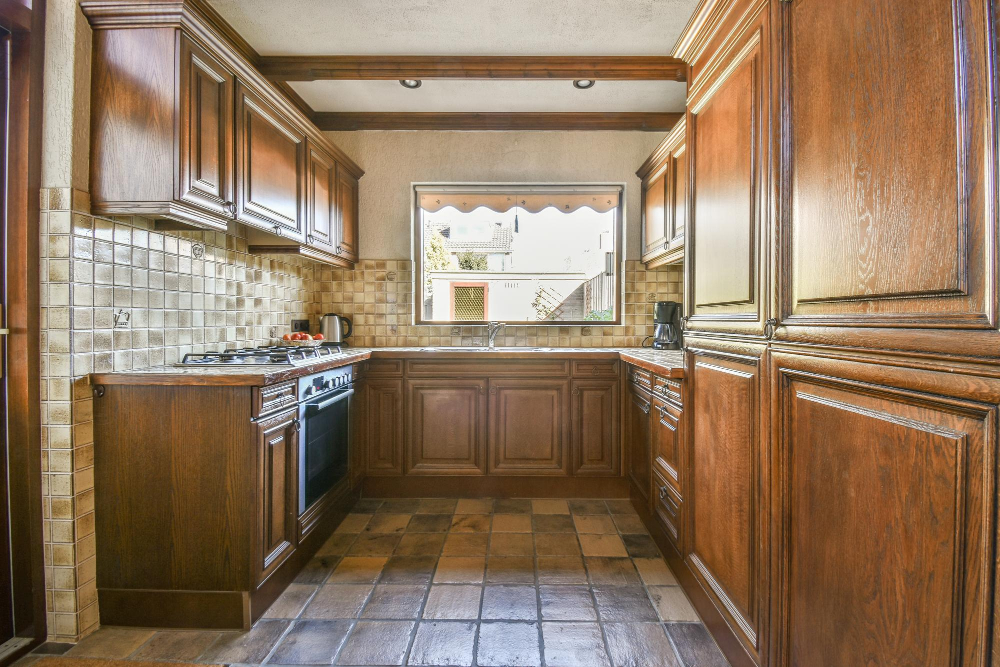
One significant benefit is the ease of access they provide. With shorter cabinets, you can easily reach all your kitchen essentials without having to use a step stool or ladder.
This feature makes short upper cabinets an excellent option for people with mobility issues or those who prefer not to climb up high.
Another advantage is the increased storage space above the cabinet line, which allows you to display decorative items such as plants and artwork while still keeping them within easy reach. Shorter upper cabinets create an open and airy feel in your kitchen by leaving more wall space exposed.
If you have a smaller kitchen with limited ceiling height, short upper cabinets are also ideal as they help create an illusion of higher ceilings by drawing attention upwards towards other design elements like lighting fixtures or crown molding.
Space Utilization: Tall Vs Short
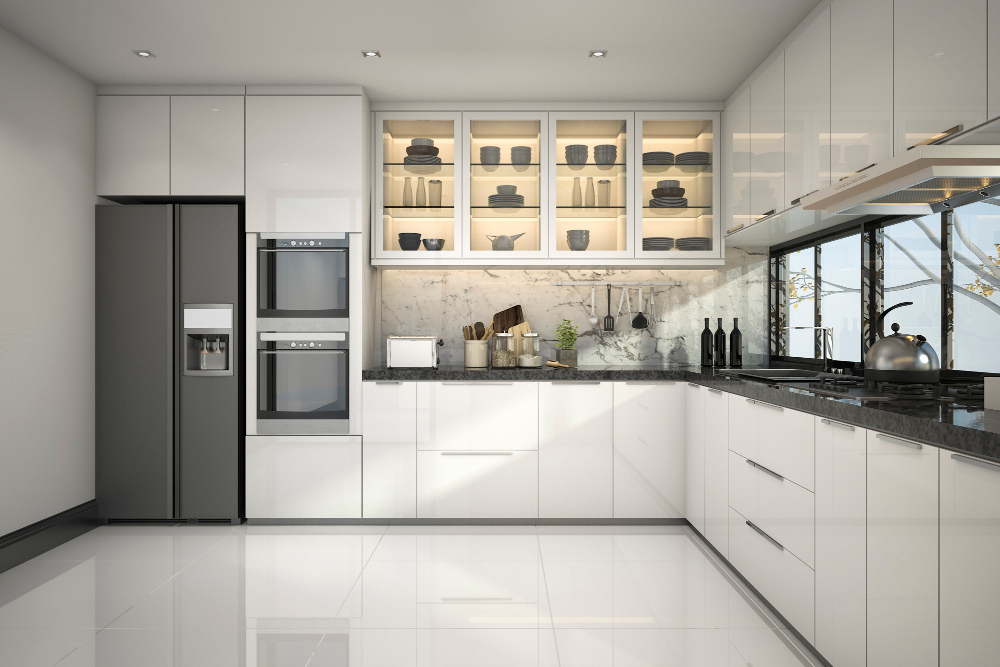
Tall cabinets offer more storage space, which can be beneficial if you have a lot of kitchen items to store or want to keep your countertops clutter-free. However, they may not be the best option for kitchens with low ceilings as they can make the room feel cramped and closed in.
On the other hand, shorter upper cabinets leave some space above them that can be used for decorative purposes or additional storage. This extra space also allows more natural light into your kitchen, making it feel brighter and airier.
When deciding between tall vs short upper cabinets based on space utilization needs, consider how much storage you need versus how much open wall area you want in your kitchen design.
Aesthetics: Comparing Heights
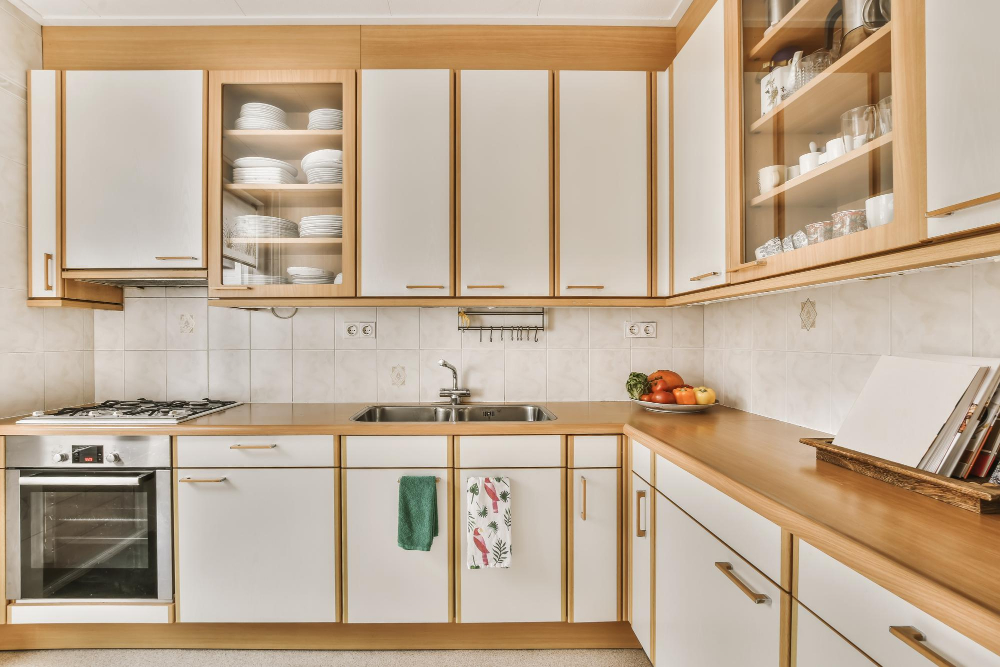
Tall cabinets tend to create a more dramatic and imposing effect, while shorter ones can make space feel more open and airy. If you have high ceilings or want to add some grandeur to your kitchen design, tall cabinets might be the way to go.
On the other hand, if you prefer a minimalist or contemporary style that emphasizes simplicity and functionality over ornamentation, short upper cabinets could be an excellent choice.
Another factor that affects aesthetics is how well your cabinet heights match with other elements in your kitchen design such as countertops or backsplashes.
For example, if you choose tall cabinetry but only have standard-height countertops installed beneath them; there will be an awkward gap between them which may not look aesthetically pleasing.
Functionality Differences

Tall cabinets offer more storage space, which is ideal for homeowners who need extra room for dishes, glasses or pantry items. However, reaching the top shelves of tall cabinets can be challenging for shorter individuals or those with mobility issues.
On the other hand, short upper cabinets are easier to access and require less effort when it comes to cleaning and maintenance. They also allow more natural light into your kitchen by leaving some space above them.
Another aspect of functionality is organization. With taller cabinetry options come additional shelving units that can help keep your kitchen organized while providing ample storage space; however this may not always be necessary depending on how much you need to store in your kitchen.
Cost Analysis: Tall Vs Short

Generally speaking, taller cabinets are more expensive than shorter ones due to the additional materials required for their construction. Tall cabinets also require more labor and time to install properly, which can add up quickly if you’re working with a professional contractor.
On the other hand, shorter upper cabinets may be less expensive upfront but could end up costing you more in terms of storage space over time. If you have limited kitchen space or need extra storage for dishes or appliances, opting for taller cabinetry might be worth the investment.
Ultimately, when deciding between tall vs. Short upper cabinets based on cost considerations alone isn’t always straightforward since there are many factors at play beyond just price tags.
It’s essential to weigh all of these factors carefully before making any final decisions about your kitchen design so that you can create a functional and beautiful space that meets all of your needs without breaking the bank!
